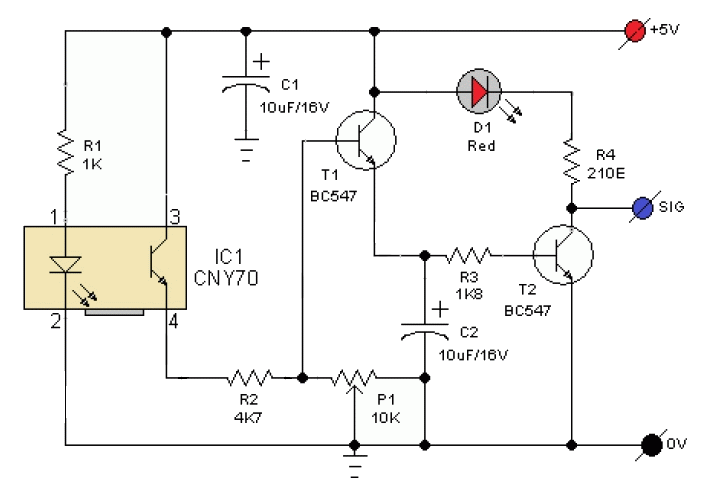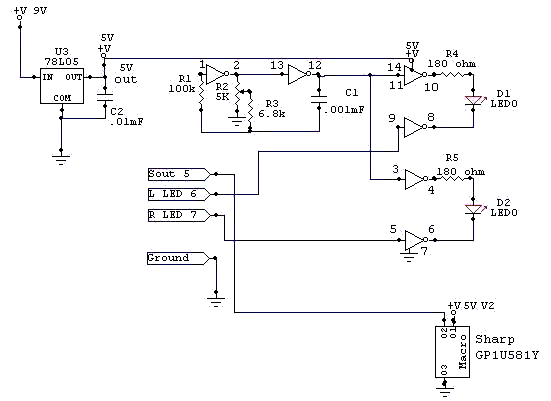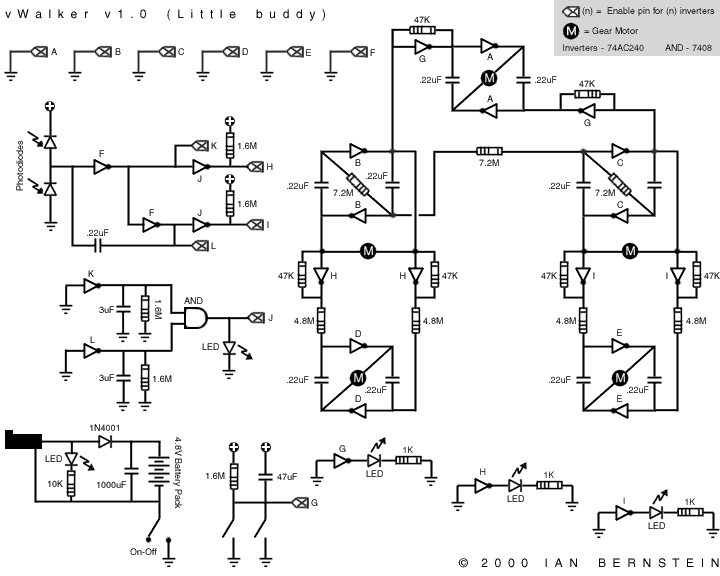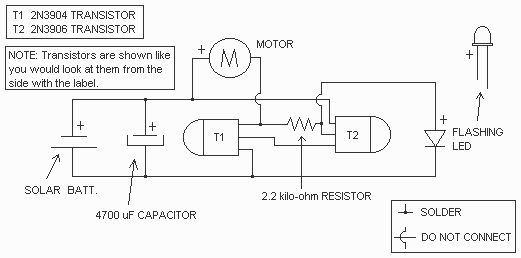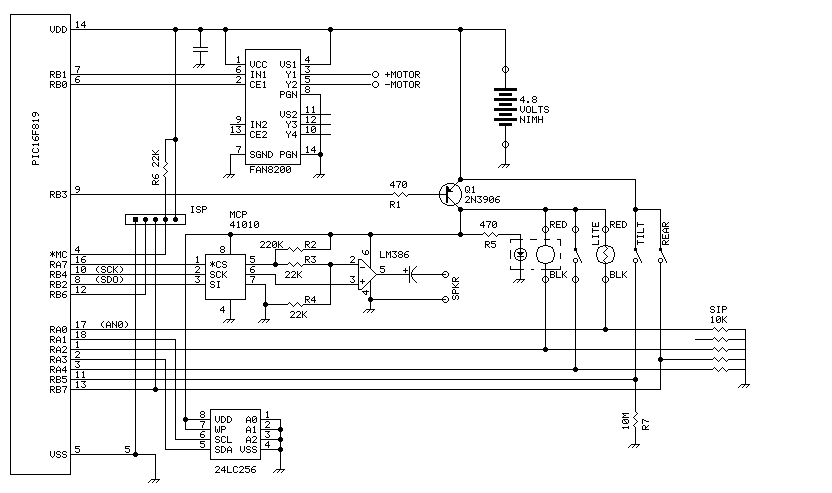
Fire Fighting Robot (AT89S52)
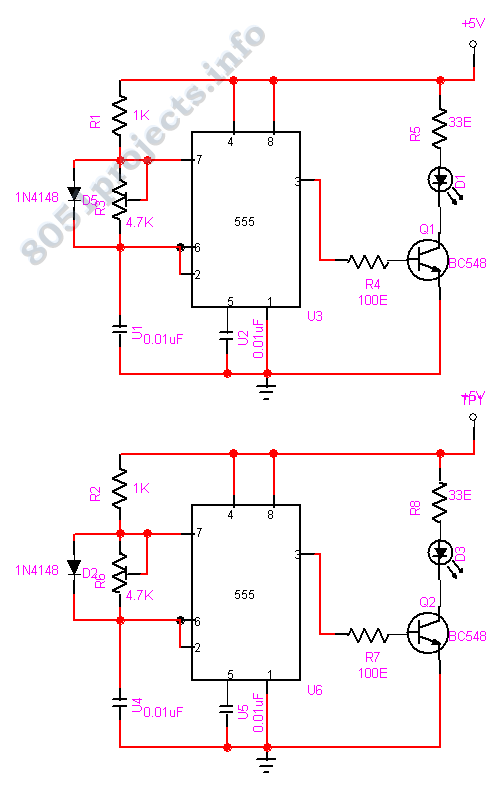
The necessity for a device capable of autonomously detecting and extinguishing fires has become increasingly urgent. Many residential fires occur when individuals are either asleep or away from home. The development of such a device could significantly enhance the safety of people and property while minimizing fire-related damage. The project involves designing and constructing a prototype system that can independently detect and extinguish fires while also aiming to reduce air pollution. This project focuses on a fuzzy logic-based microcontroller-controlled robot that can navigate through a model structure, locate a simulated burning oil derrick (represented by a lit candle), and extinguish it using a blower. This setup is intended to replicate the real-world operation of a robot performing fire extinguishing tasks in an oilfield environment. Fuzzy logic offers a viable solution for managing the complexities of this non-linear control system, allowing for the application of conventional control techniques. The fuzzy inference system is designed to function similarly to a PID controller. The project utilizes an 8-bit microcontroller from the 8051 family, with control code for the firefighting robot written in assembly language.
The proposed robotic fire detection and extinguishing system employs an innovative approach that integrates fuzzy logic control with microcontroller technology. The robot is equipped with sensors that detect the presence of fire, specifically designed to identify the characteristic infrared signatures emitted by flames. These sensors relay data to the microcontroller, which processes the information using fuzzy logic algorithms to determine the appropriate actions.
The movement of the robot is facilitated by a set of motors controlled by the microcontroller, allowing it to navigate through the designated environment. The robot's design includes a blower mechanism that is activated upon fire detection. This blower is strategically positioned to direct airflow towards the source of the fire, effectively extinguishing it.
The fuzzy logic controller operates by interpreting the inputs from the fire detection sensors and making decisions based on predefined fuzzy rules. This approach allows the system to handle the inherent uncertainties associated with fire detection and control, providing a robust solution that adapts to varying conditions.
The use of the 8051 microcontroller family ensures reliability and ease of programming. The assembly language code written for the microcontroller is optimized for performance, allowing for real-time processing of sensor data and control commands. The system's architecture is designed to minimize response time, ensuring that the robot can react swiftly to fire incidents.
Overall, this project represents a significant advancement in fire safety technology, combining autonomous operation with intelligent control strategies to enhance the effectiveness of fire detection and suppression in both residential and industrial settings. The integration of fuzzy logic not only simplifies the control process but also improves the adaptability of the system to different fire scenarios, making it a valuable addition to modern fire safety solutions.The need for a device that can detect and extinguish a fire on its own is long past due. Many house fires originate when someone is either sleeping or not home. With the invention of such a device, people and property can be saved at a much higher rate with relatively minimal damage caused by the fire. Our task as electrical engineers was to desig n and build a prototype system that could autonomously detect and extinguish a fire. Also aims at minimizing air pollution. In this Project we design a Fuzzy based Microcontroller controlled Robot. It is the Robot that can move through a model structure, find a burning oil derrick (lit candle) and then extinguish it with help of a Blower. This is meant to simulate the real world operation of a Robot performing a fire extinguishing function in an oilfield.
Fuzzy logic provided an appropriate solution to the otherwise complex task of mathematically deriving an exact model for the non-linear control system upon which conventional control techniques could then be applied. The fuzzy inference system was designed to act as a PID-like controller. We are using the Popular 8 bit Microcontroller the 8051 family Microcontroller. Program code to control the fire fighting robot is written in assembly language 🔗 External reference
The proposed robotic fire detection and extinguishing system employs an innovative approach that integrates fuzzy logic control with microcontroller technology. The robot is equipped with sensors that detect the presence of fire, specifically designed to identify the characteristic infrared signatures emitted by flames. These sensors relay data to the microcontroller, which processes the information using fuzzy logic algorithms to determine the appropriate actions.
The movement of the robot is facilitated by a set of motors controlled by the microcontroller, allowing it to navigate through the designated environment. The robot's design includes a blower mechanism that is activated upon fire detection. This blower is strategically positioned to direct airflow towards the source of the fire, effectively extinguishing it.
The fuzzy logic controller operates by interpreting the inputs from the fire detection sensors and making decisions based on predefined fuzzy rules. This approach allows the system to handle the inherent uncertainties associated with fire detection and control, providing a robust solution that adapts to varying conditions.
The use of the 8051 microcontroller family ensures reliability and ease of programming. The assembly language code written for the microcontroller is optimized for performance, allowing for real-time processing of sensor data and control commands. The system's architecture is designed to minimize response time, ensuring that the robot can react swiftly to fire incidents.
Overall, this project represents a significant advancement in fire safety technology, combining autonomous operation with intelligent control strategies to enhance the effectiveness of fire detection and suppression in both residential and industrial settings. The integration of fuzzy logic not only simplifies the control process but also improves the adaptability of the system to different fire scenarios, making it a valuable addition to modern fire safety solutions.The need for a device that can detect and extinguish a fire on its own is long past due. Many house fires originate when someone is either sleeping or not home. With the invention of such a device, people and property can be saved at a much higher rate with relatively minimal damage caused by the fire. Our task as electrical engineers was to desig n and build a prototype system that could autonomously detect and extinguish a fire. Also aims at minimizing air pollution. In this Project we design a Fuzzy based Microcontroller controlled Robot. It is the Robot that can move through a model structure, find a burning oil derrick (lit candle) and then extinguish it with help of a Blower. This is meant to simulate the real world operation of a Robot performing a fire extinguishing function in an oilfield.
Fuzzy logic provided an appropriate solution to the otherwise complex task of mathematically deriving an exact model for the non-linear control system upon which conventional control techniques could then be applied. The fuzzy inference system was designed to act as a PID-like controller. We are using the Popular 8 bit Microcontroller the 8051 family Microcontroller. Program code to control the fire fighting robot is written in assembly language 🔗 External reference
